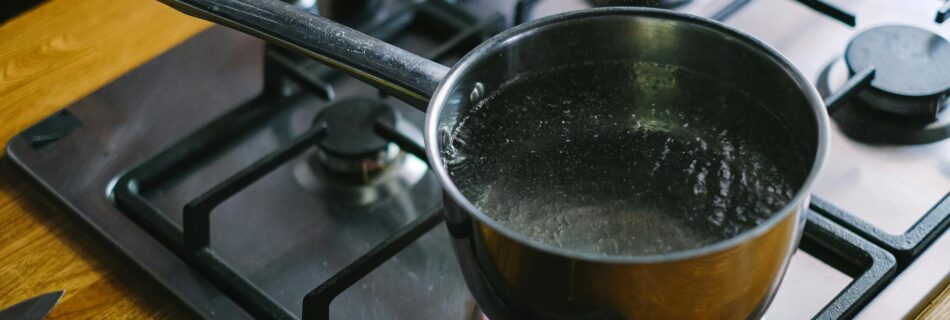Backcountry Water Treatment, Part 6: Ultraviolet Disinfection
In the sixth part of our series on backcountry water treatment, we explore ultraviolet (UV) disinfection. This method uses UV light to reduce pathogens in drinking water. While it may sound like science fiction, UV disinfection is a practical option for the backcountry, with specific guidelines and considerations to ensure its effectiveness. Introduction to UV …
Read more “Backcountry Water Treatment, Part 6: Ultraviolet Disinfection”









